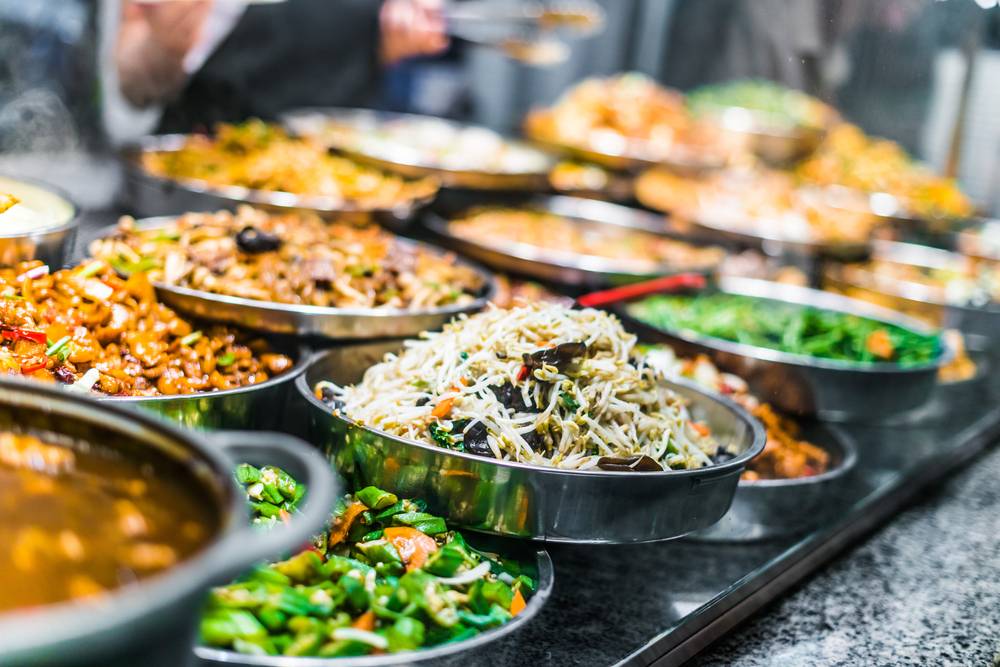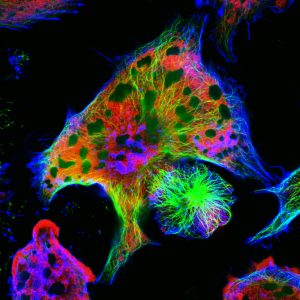Singapore confronts the health implications of excessive sodium intake head-on, initiating a public health campaign tailored to the nation’s unique dietary practices.
With a high prevalence of dining out and a penchant for flavourful condiments, Singapore’s strategy to reduce salt consumption is as distinctive as its culinary scene. This effort is a response to concerning health statistics indicating a surge in hypertension linked to high sodium diets.
Local Habits, Global Challenge
The concern for high sodium intake through sauces and condiments is a significant health issue. In Singapore, residents consume an average of 3.6g of sodium per day. This is more than the WHO recommendation of less than 2g per day. This high sodium intake is particularly problematic because of the health risks associated with long-term excessive consumption, including increased blood pressure, which is a major risk factor for cardiovascular disease.
Sauces and condiments are substantial contributors to sodium intake in Singapore, where the highest sodium content was found in fish/prawn sauce, followed by light/thin soy sauce, and salty soy sauce. This is in contrast to Western countries, where processed foods are typically the primary source of sodium. In Asian contexts, the cooking process and the use of sauces contribute significantly to dietary sodium.
Efforts to address this issue in Singapore include the Health Promotion Board encouraging the reformulation of products to create reduced-sodium alternatives, such as soy sauces and soup broths. There is also support for sauce manufacturers to reformulate their products to meet reduced-sodium guidelines. However, with up to 80% of sodium intake coming from added salt, sauces, and seasoning in various dishes, tackling this ingrained part of Singaporean cuisine is challenging.
Government Initiatives
Addressing the dietary challenge posed by high sodium intake, the Singapore government has been proactive, as highlighted by Madam Rahayu Mahzam. “Our Health Promotion Board (HPB) has initiated grant schemes to incentivize manufacturers to reformulate their products, thus increasing the availability of lower-sodium options at competitive prices,” Madam Mahzam stated. This move demonstrates the government’s dedication to crafting a healthier food environment and its willingness to partner with industry players for the public’s well-being.
Public Education and Engagement
Central to Singapore’s health strategy is the public’s education on the risks of high sodium consumption. Madam Rahayu Mahzam emphasised this in her address, saying, “We are committed to altering the prevalent belief that only high-salt foods are tasty. Our HPB is actively working to dispel this myth and encourage healthier cooking practices by engaging food operators and introducing them to lower-sodium ingredients.” The government’s approach aims not just to inform. It also encourages a tangible shift in food preparation habits across the nation’s food industry.
Future Strategies
Singapore’s approach to reducing sodium intake does not mimic the tax levies and warning labels found in some countries, but instead focuses on gradual, context-specific measures. The government’s phased plan aims to bring the community along through awareness, preparation, and voluntary adoption of healthier food choices. This careful, consultative approach is designed to ensure the sustainability of the health initiative.
Singapore’s fight against high sodium intake is more than a public health campaign. It is a transformative movement aimed at recalibrating the nation’s taste buds and culinary practices. By understanding and addressing the local context of sodium consumption, the government crafts a bespoke solution to a global health issue. The journey is set to be incremental, marked by collaboration and a deep understanding of the dietary habits that define the Singaporean way of life.
References
- MOH | News Highlights. (n.d.). https://www.moh.gov.sg/news-highlights/details/speech-by-madam-rahayu-mahzam-senior-parliamentary-secretary-ministry-of-health-ministry-of-law-at-world-diabetes-day-2023-5-november-2023-2.30pm-at-wisma-geylang-serai
- Tan, K. W., Quaye, S. E. D., Koo, J. R., Lim, J. T., Cook, A. R., & Dickens, B. S. L. (2021, April 1). Assessing the Impact of Salt Reduction Initiatives on the Chronic Disease Burden of Singapore. Nutrients; Multidisciplinary Digital Publishing Institute. https://doi.org/10.3390/nu13041171
- Shahar, S., You, Y. X., Zainuddin, N. S., Michael, V., Ambak, R., Haron, H., He, F. J., & MacGregor, G. A. (2019, May 1). Sodium content in sauces—a major contributor of sodium intake in Malaysia: a cross-sectional survey. BMJ Open; BMJ. https://doi.org/10.1136/bmjopen-2018-025068
- Wang, Z., Zhu, Z. P., Chen, H., Luo, B., Shi, Z., Liu, Y., Xiang, X., Zang, J., & Jin, S. (2022, August 25). The high sodium condiments and pre-packaged food should be the focus of dietary sodium control in the adult Shanghai population. Nutrition & Metabolism; BioMed Central. https://doi.org/10.1186/s12986-022-00692-2
MOH | News Highlights. (n.d.). https://www.moh.gov.sg/news-highlights/details/measures-to-promote-low-sodium-diet-amongst-singaporeans_11Jan2022/













